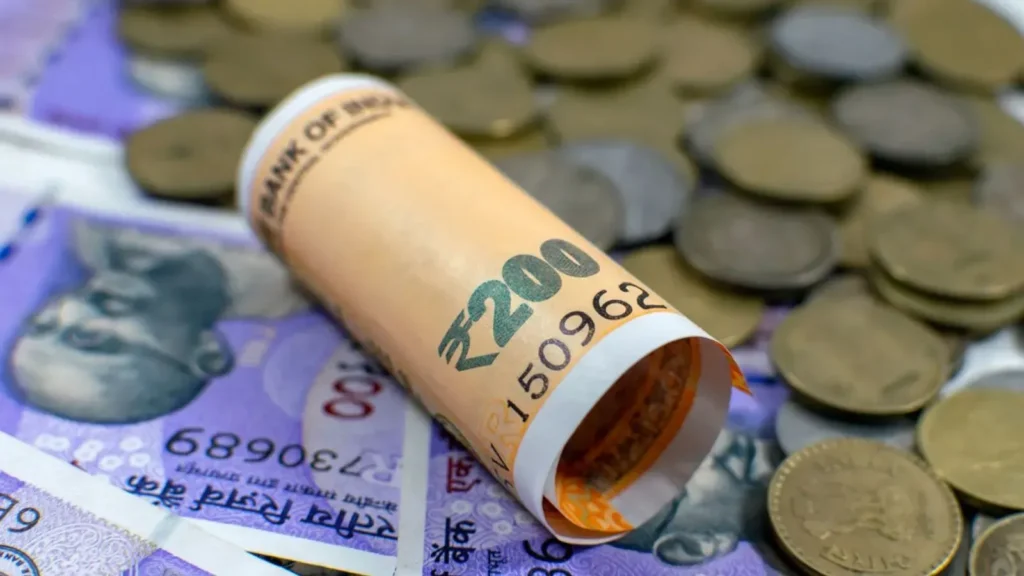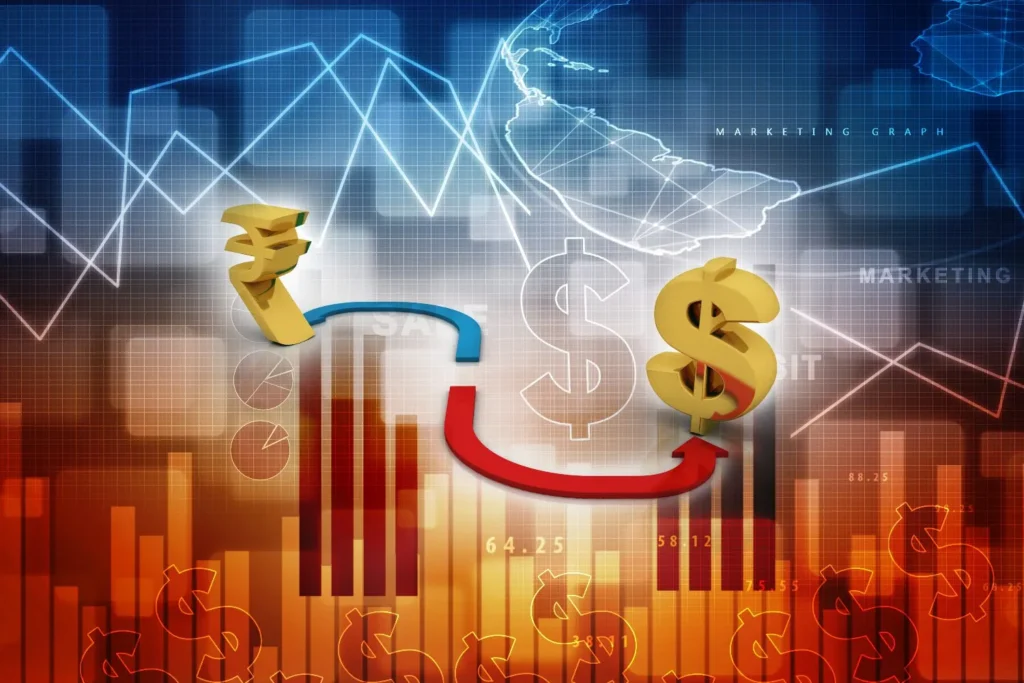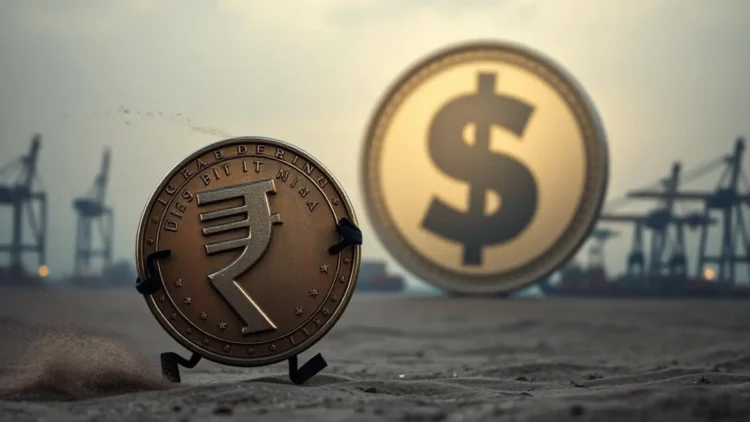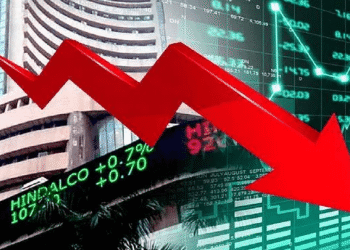Mumbai (Economy India): The Indian Rupee opened stronger on Monday, appreciating by 9 paise to settle at Rs86.43 per US dollar in early trade, supported by positive investor sentiment and easing crude oil prices. However, the gains remained capped due to cautious optimism surrounding ongoing US-India tariff negotiations and global economic uncertainties.
This slight uptick in the domestic currency follows a period of range-bound trading amid mixed global cues and a steady performance by the US dollar index, which remains firm above the 104 mark.

Key Drivers Behind the Rupee’s Movement
Currency traders attributed the marginal rise in the rupee to a combination of foreign fund inflows, stabilizing oil prices, and stronger domestic equities. The benchmark BSE Sensex opened in green, reflecting market confidence in India’s economic fundamentals despite global headwinds.
The US-India trade tariff discussions have also kept investors alert. While no major breakthrough has been reported yet, the continuation of dialogue has helped ease concerns about any immediate escalation in trade frictions between the two nations.

Crude Prices, FII Flows, and Dollar Index: Influencing Factors
International crude oil prices traded slightly lower, providing some relief to the Indian currency, as India is a net importer of oil and fluctuations in oil prices directly impact the rupee’s value. Brent crude was hovering around $81.30 per barrel, easing from last week’s high of $83.
Meanwhile, foreign institutional investors (FIIs) have remained net buyers in Indian equity markets for the past few sessions, bringing additional support to the rupee. According to exchange data, FIIs bought equities worth ₹1,232 crore on Friday, helping stabilize foreign exchange reserves and currency momentum.
On the global front, the dollar index, which measures the dollar’s strength against a basket of major currencies, remained firm due to hawkish comments from US Federal Reserve officials, hinting at the possibility of another rate hike in September.
Expert Commentary
Forex analysts remain cautiously optimistic about the rupee’s near-term performance. “The rupee may continue to trade in a narrow range of 86.30–86.80 over the next few days, with upside limited unless we see a major breakthrough in global trade discussions or a sharp decline in the dollar index,” said Anindya Banerjee, VP – Currency Derivatives & Interest Rate Derivatives at Kotak Securities.
Economists also noted that macroeconomic indicators such as India’s current account deficit, trade balance, and monsoon performance would be key to rupee direction in the coming weeks.
RBI’s Role in Currency Stability
The Reserve Bank of India (RBI) has been actively intervening in both spot and forward markets to minimize volatility in the rupee. Last week, RBI Governor Shaktikanta Das reiterated the central bank’s commitment to ensuring financial stability and containing imported inflation via exchange rate management.
India’s foreign exchange reserves stood at $654.3 billion as of July 19, giving the RBI ample buffer to manage any abrupt swings in currency markets.
Global Context and Caution Ahead
Despite the rupee’s recent gains, analysts advise caution due to geopolitical tensions, uncertain global growth projections, and the potential impact of further interest rate actions by major central banks. Any strengthening of the dollar due to inflationary fears or macro shocks could put downward pressure on the rupee again.
The next major cue for the forex market will be the US Federal Reserve’s policy meeting scheduled for early August and any concrete development from the US-India bilateral trade talks, especially concerning tariff adjustments on key export sectors like pharma, IT, and steel.
(Economy India)














